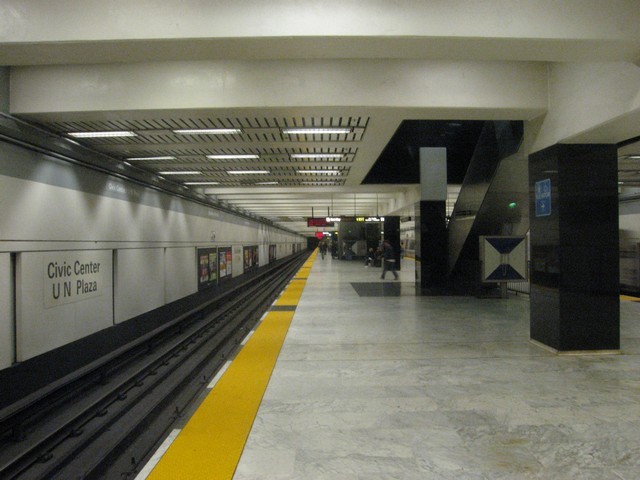New Flyer XDE40 3303
Location: Broad Street at Fitzwater Street, Philadelphia, PA
Operator of Vehicle: Southeastern Pennsylvania Transit Authority (SEPTA)
Date of Photo: July 8, 2021
The Southeastern Pennsylvania Transit Authority, better known as SEPTA, is coming up on a milestone anniversary this month. The first organizational meeting for the agency that ultimately became SEPTA was held on February 18, 1964, exactly 60 years ago this month. SEPTA was actually created by an act of the Pennsylvania legislature on August 17, 1963 and did not begin direct operation of any services until November 1, 1965, but the agency considers the February 18, 1964 date to be its anniversary for these purposes.
That being said, there was public transit in Philadelphia prior to this date. Trolleys began operating in the 1890s, the Market-Frankford Line began operating in 1907, trackless trolleys began operation in 1923, and the Broad Street Line first opened in 1928. As was the case in other cities, these were all privately operated services initially, but as these companies encountered financial difficulties, governments stepped in to ensure that services continued for the public good.
Since 2023, SEPTA is the only transit agency in the United States to operate all five major transit vehicle types: commuter trains, rapid transit trains, light rail trolleys, trolleybuses (trackless trolleys), and buses. This distinction was shared with Boston until 2023 when the MBTA’s remaining trolleybuses were withdrawn from service.
For more photos of SEPTA, please click here.
 IC3 DMU 7203
IC3 DMU 7203



 Gillig Phantom 5418
Gillig Phantom 5418 A Car 1243
A Car 1243
 ICTS 3027
ICTS 3027